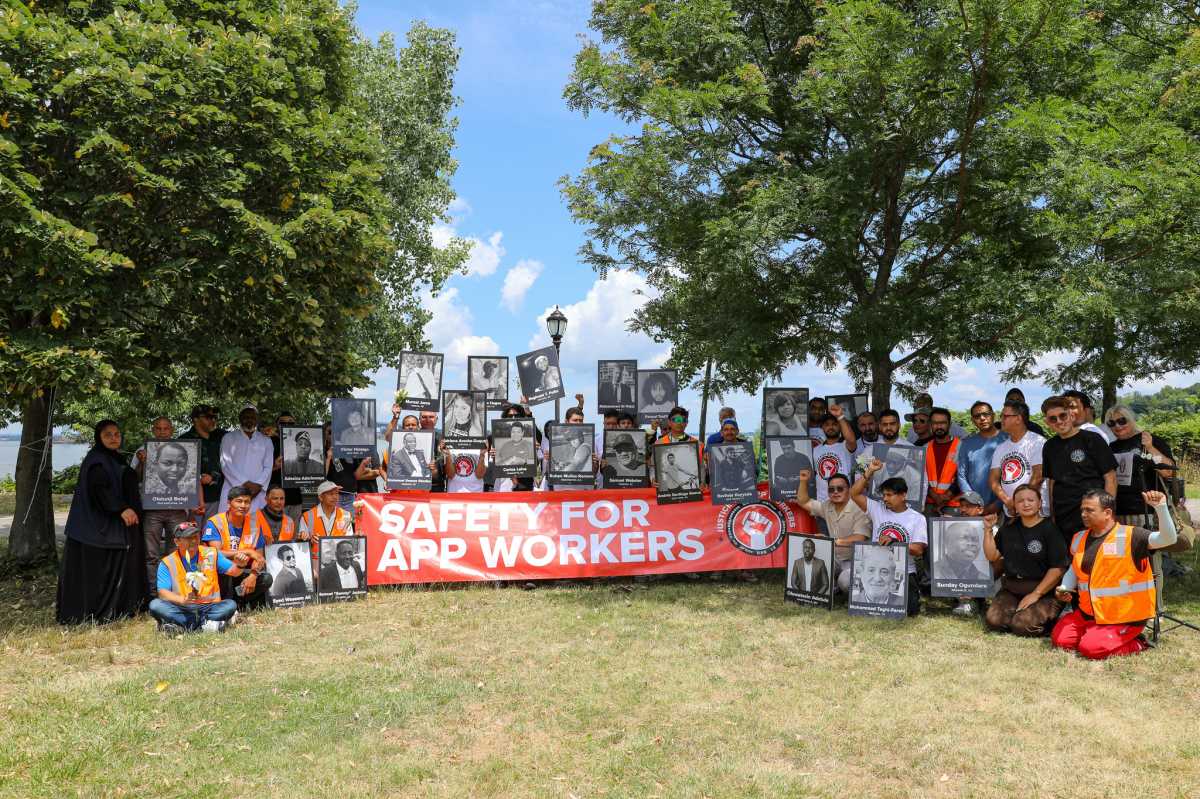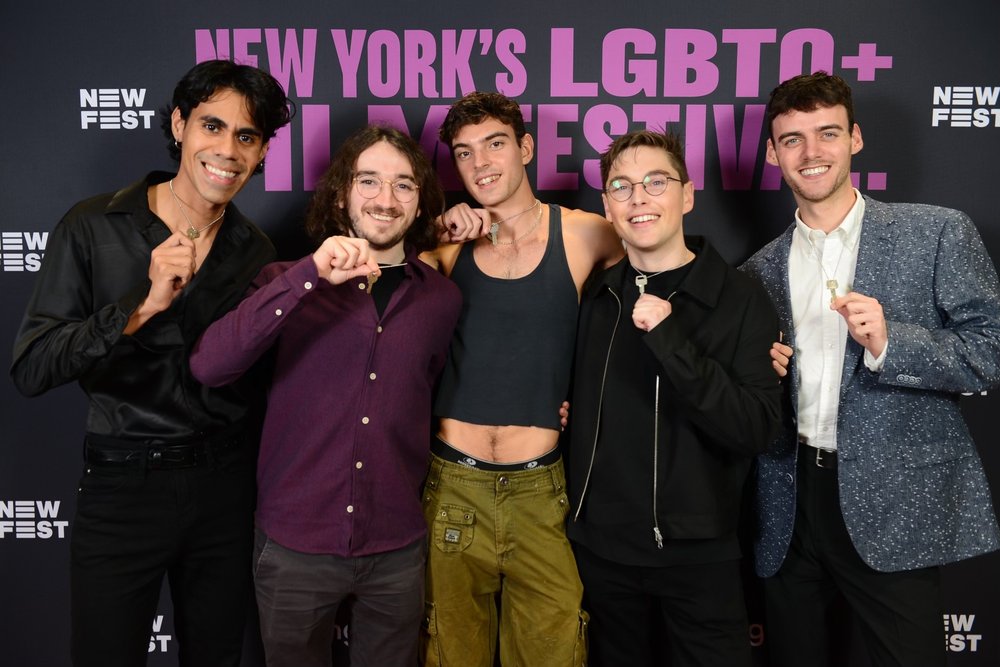Two of the all-time, best-known musicals, “RENT” and “Hair,” made headlines this summer: The former because, after a monumental 12 years, it ended its historic run on Broadway two weeks ago. The latter, because it is being staged again for the 40th anniversary of its premiere on the Great White Way.
Both “RENT” and “Hair” have their roots in the East Village. Both celebrate the counterculture of their day. Both grapple with issues that continue to affect our lives now.
“Hair,” which takes place in a generalized locale of “hippie New York City,” was the opening show at Joe Papp’s new Public Theater on Lafayette St. in 1967. Meanwhile, “RENT” is clearly situated in the East Village: From the leaning tower of planks dominating the stage (obviously, inspired by Eddie Boros’s former Avenue B tower) to the tile mosaics ringing the edges of the stage and the ticket windows (no doubt, inspired by Jim “Mosaic Man” Power) the signifiers are everywhere.
Of course, the story of how Jonathan Larson penned “RENT”’s book and music while hanging out in Life Café on Avenue B, is now legendary.
Ironically, four decades after “Hair” dramatized the Vietnam antiwar movement, today we’re stuck in another quagmire war. The debate over what it means to be patriotic — which “Hair” depicts as a generational conflict — still colors our national political picture, as anyone who watched the Republican National Convention can attest.
Similarly, the anti-gentrification struggles at the heart of “RENT” are still very much alive today. “RENT” portrays tenants defending their loft building from being converted into a cyber studio; that fight mirrored squatters’ real-life battles to preserve their homes and of the homeless to gain affordable housing. Today, the neighborhood’s transformation continues, even more rapidly, driven by market-rate development and dubious tactics, such as mass eviction and demolition eviction. More and more, Manhattan is becoming a place for the wealthy and for pièd-a-terres for foreigners and out-of-towners.
Not surprising in counterculture musicals, drugs are another common element. In “Hair,” it’s marijuana, seen as a sort of sacrament, fun and mind-expanding. “RENT” presents a bleaker picture in which hard drugs — and the local pusher — always lurk nearby, a last resort when disappointment and heartache become too great.
Both shows’ endings center around death. In “Hair,” Claude is laid out in his Army uniform, having been killed in Vietnam. In “RENT,” Angel dies of AIDS, and his friends look like they’ll soon be following him. “RENT”’s portrayal of the 1980s AIDS crisis makes us appreciate the fact that, with modern medications, H.I.V./AIDS is thankfully no longer a death sentence.
Much more than mere musical time capsules, “Hair” and “RENT” remain relevant today. Not only are these great shows, but they help us understand how things have changed, and how, sometimes regrettably, the more things change, the more they stay the same — which is all the more reason to fight even harder for change.





































